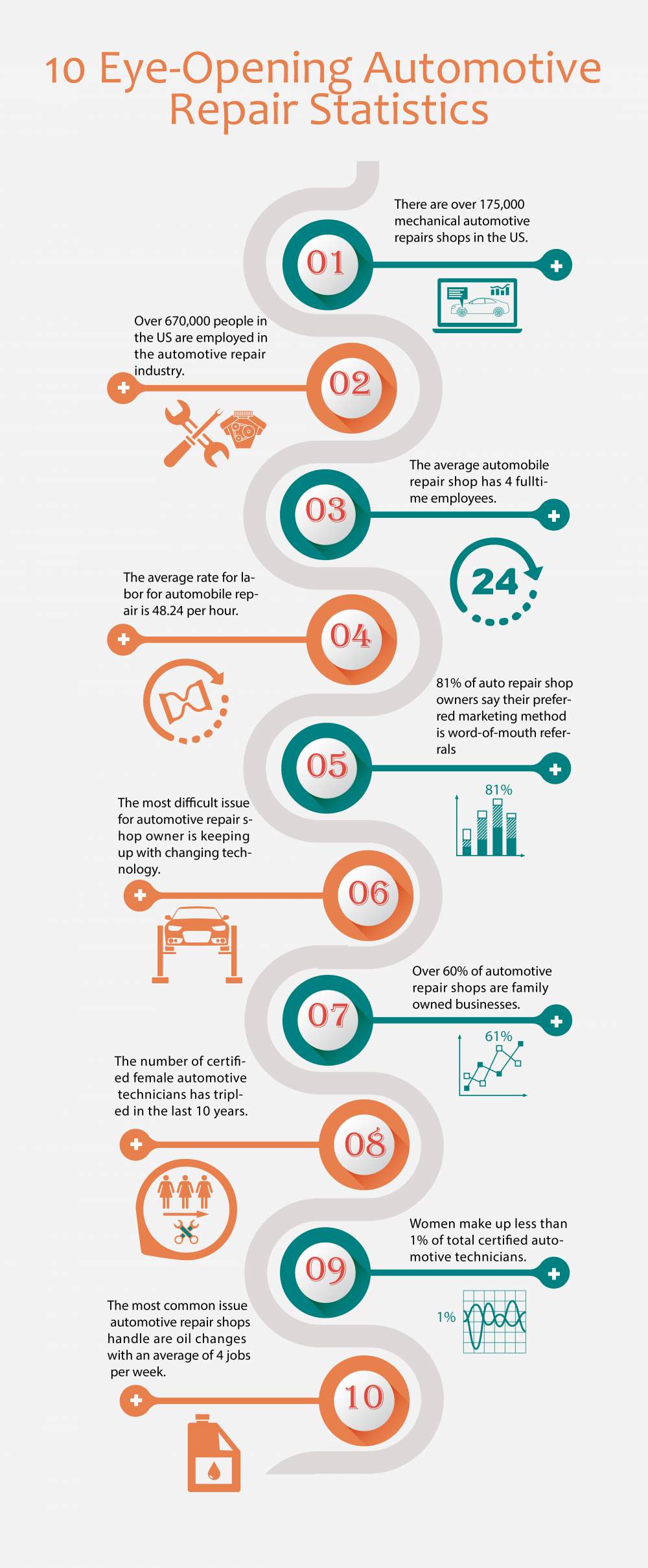Understanding The Actual Implications Of Warning Indicators In Your Vehicle
Understanding The Actual Implications Of Warning Indicators In Your Vehicle
Blog Article
Personnel Writer-Peck Gross
When you lag the wheel, those beautiful warning lights on your control panel can be a bit perplexing. Do you know what they're attempting to inform you regarding your cars and truck's health? Understanding the importance of these lights is essential for your security and the durability of your automobile. So, the following time one of those lights appears, would not you want to decipher its message precisely and take the needed actions to resolve it?
Common Caution Lighting and Interpretations
Identify usual warning lights in your cars and truck and comprehend their significances to make sure safe driving.
One of the most common warning lights include the check engine light, which indicates concerns with the engine or discharges system. If this light begins, it's essential to have your automobile checked promptly.
The oil stress advising light suggests reduced oil pressure, calling for instant interest to stop engine damage.
https://travisphyqh.kylieblog.com/30715998/delve-into-the-globe-of-vehicle-treatment-with-a-seasoned-auto-mechanic-together-with-you-discover-just-how-their-skills-are-crucial-to-ensuring-your-lorry-s-optimal-performance flashing battery light could recommend a malfunctioning charging system, possibly leaving you stranded otherwise dealt with.
The tire pressure surveillance system (TPMS) light notifies you to reduced tire pressure, impacting automobile security and gas effectiveness. Disregarding this might result in dangerous driving problems.
https://wgntv.com/news/wgn-investigates/supply-chain-issues-delaying-car-repairs-leaving-illinois-drivers-stranded/ shows an issue with the anti-lock stopping system, jeopardizing your capability to quit swiftly in emergencies.
Last but not least, the coolant temperature level advising light warns of engine getting too hot, which can cause severe damage otherwise settled promptly.
Understanding these typical caution lights will certainly assist you resolve concerns immediately and keep safe driving conditions.
Relevance of Prompt Attention
Understanding the typical caution lights in your cars and truck is just the initial step; the value of promptly dealing with these cautions can't be highlighted sufficient to guarantee your safety when traveling.
When a warning light illuminates on your dashboard, it's your car's way of connecting a prospective issue that needs focus. Disregarding these warnings can result in a lot more extreme problems down the road, endangering your safety and possibly costing you extra out of commission.
Trigger attention to warning lights can avoid malfunctions and accidents. As an example, a blinking check engine light can suggest a misfire that, if left ignored, could trigger damages to the catalytic converter. Resolving this quickly can conserve you from a pricey repair service.
In a similar way, a brake system alerting light could signal reduced brake fluid or used brake pads, crucial components for your safety when driving.
DIY Troubleshooting Tips
If you see a caution light on your dashboard, there are a few do it yourself fixing ideas you can attempt prior to seeking professional assistance.
The first step is to consult your automobile's guidebook to recognize what the particular caution light suggests. In some cases the problem can be as straightforward as a loosened gas cap causing the check engine light. Tightening up the gas cap may resolve the problem.
One more usual concern is a reduced battery, which can cause numerous advising lights. Examining the battery connections for rust and ensuring they're safe and secure could fix the issue.
If a caution light lingers, you can attempt resetting it by separating the car's battery for a couple of mins and then reconnecting it. In addition, examining your car's liquid levels, such as oil, coolant, and brake fluid, can assist troubleshoot advising lights connected to these systems.
Conclusion
Finally, recognizing your cars and truck's warning lights is crucial for keeping your automobile running efficiently and securely. By quickly addressing these signals and knowing what they suggest, you can stay clear of pricey repair work and potential malfunctions.
Bear in mind to consult your car's handbook for specific information on each warning light and do something about it accordingly to guarantee a trouble-free driving experience.
Remain educated, remain risk-free when driving!
